
Although most cats (both wild and domestic) are solitary animals, lions are highly sociable, making them interesting to observe. The Mara gives us ample opportunity to learn and document the behaviour of these majestic creatures and the Triangle has been abuzz with activity, with lots of lions simply being their awesome selves, which is always a pleasure to watch.
It's rather unusual to see lions up in the trees. Anatomically, they are built with enormously powerful forelimbs and a very stiff back, which helps when wrestling heavy prey, such as buffalo, but is not so advantageous for climbing. However, occasionally we do see lions up in the branches to escape the scorching heat of the savannah or to survey the landscape for prey. These two were spotted at a place called Lugga ya Ndovu on a euphorbia tree, perhaps enjoying their honeymoon?
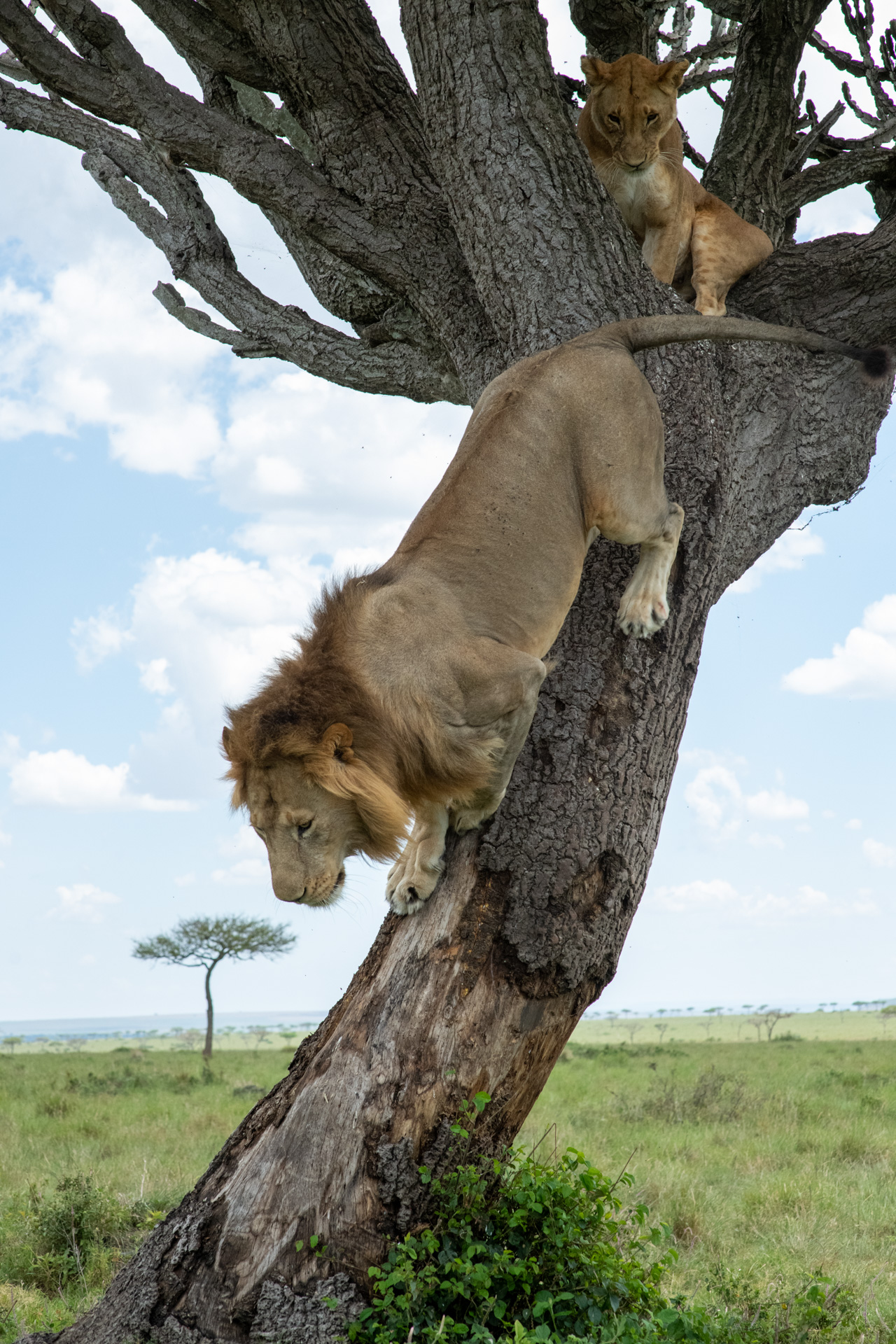
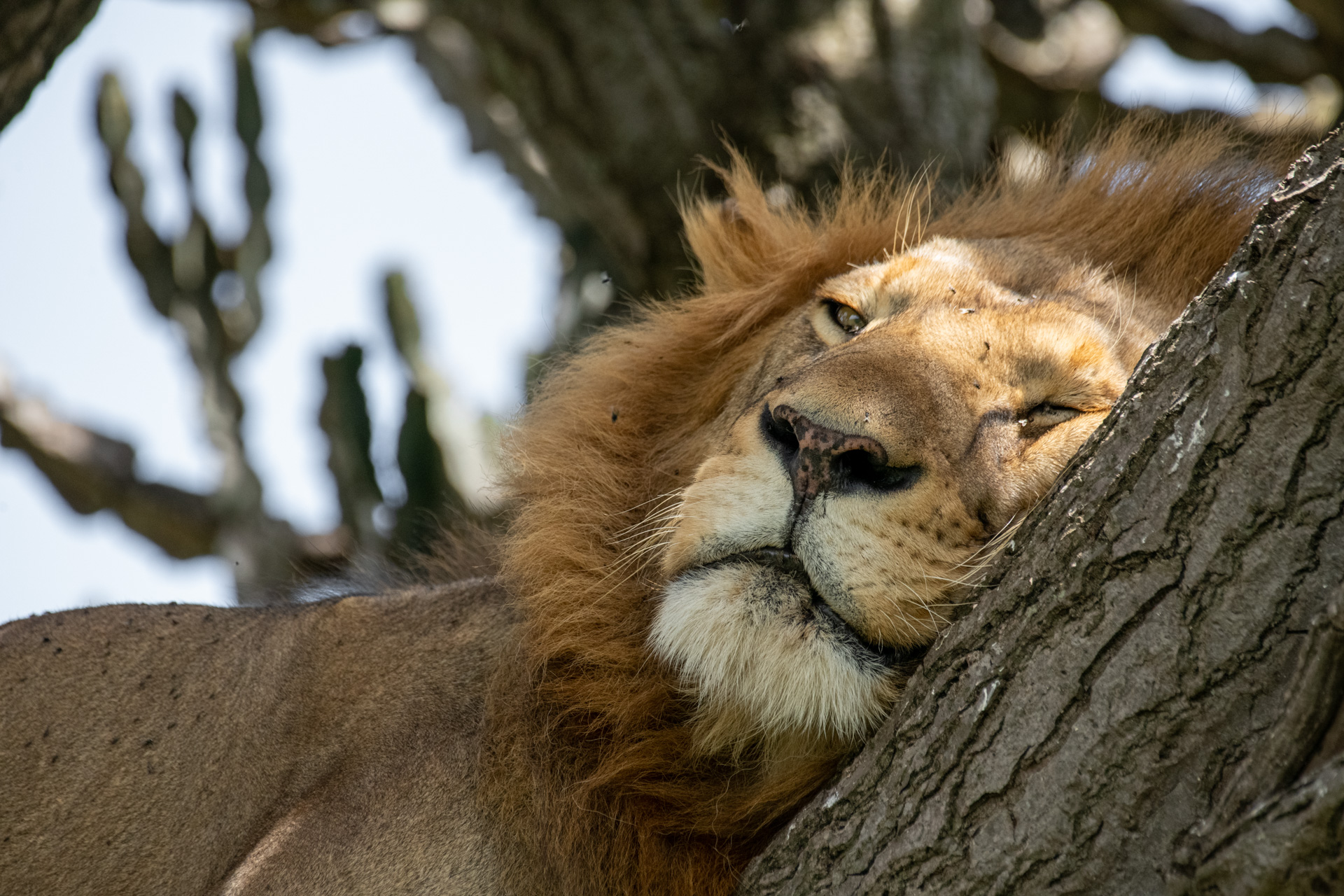
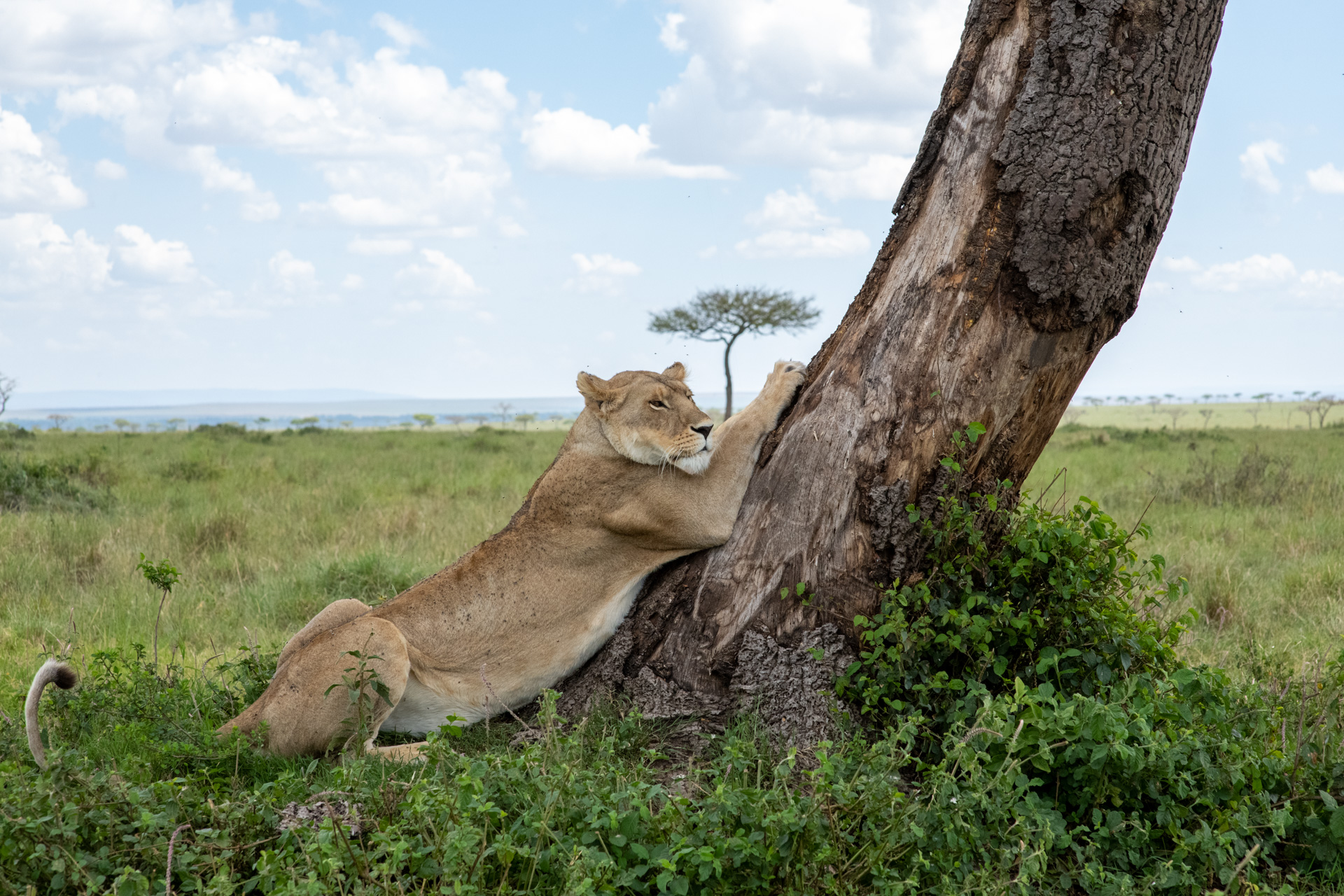
It is the festive season and the lions of the Mara seem to have gotten the memo as they have been enjoying some feasting. We caught up with the Inselberg males and one of the Purungat females with a buffalo kill taken down the night before. We watched for a while as they fed and, as is typical, the male lions get to fill their bellies first. Following the hierarchy in a pride, the lionesses and cubs often must wait until the patriarchy is finished eating before they can dig in. Here, one of the lionesses watches in anticipation, hoping there is enough left.
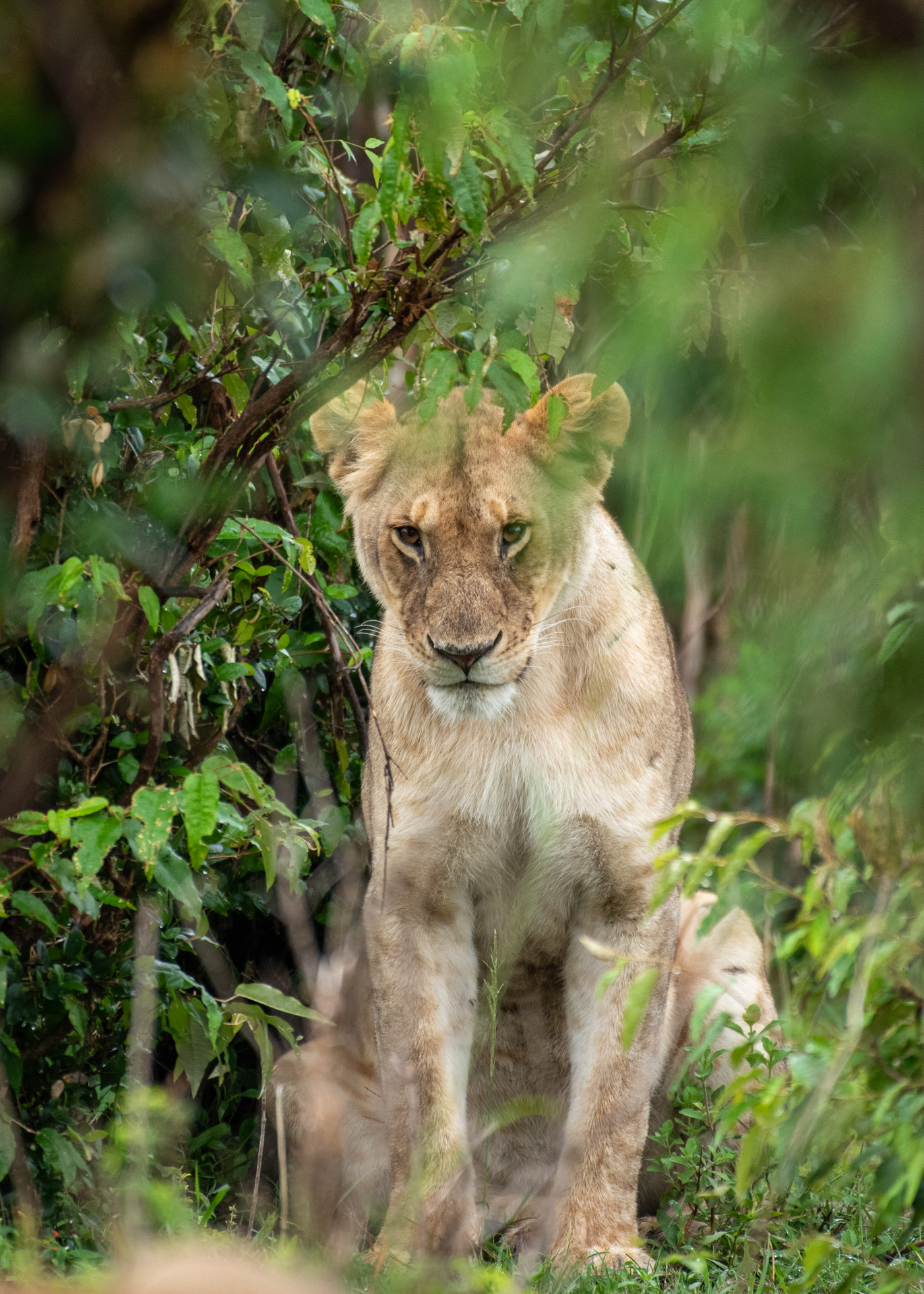
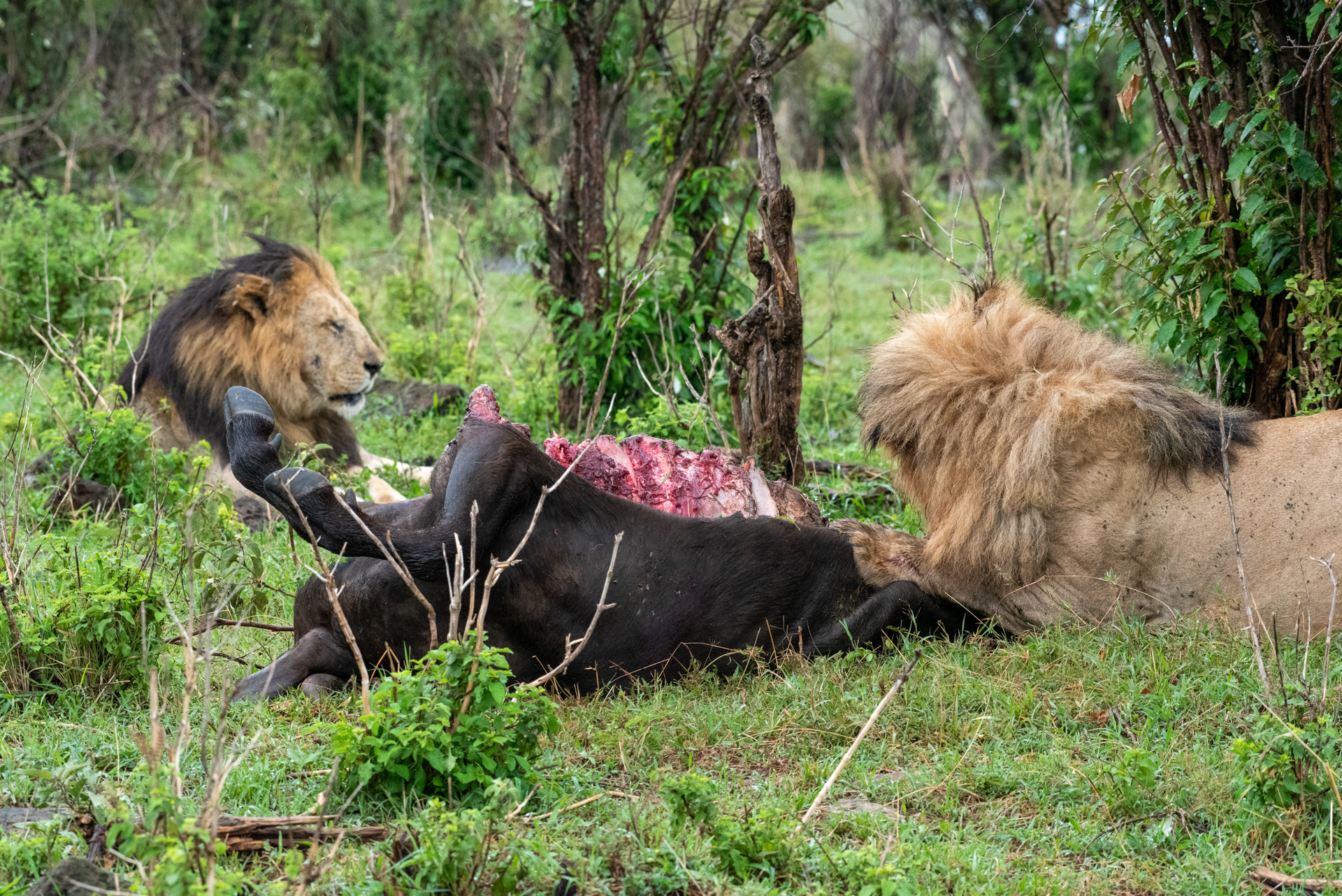
Raptors are just as interesting as any other apex predators. Actually, I like to think of eagles as the 'lions of the skies' as they rule from above in this diverse and fascinating ecosystem. We watched as a juvenile African fish eagle devoured a catfish, one of their favourite meals on the ‘bush menu’. These striking eagles feed mainly on fish, swooping down from a perch in a tree, snatching the prey from the water with their large talons. Normally, the eagle then flies back to its perch to eat its catch but on this occasion, she enjoyed her meal right on the riverbank — dinner and a show.
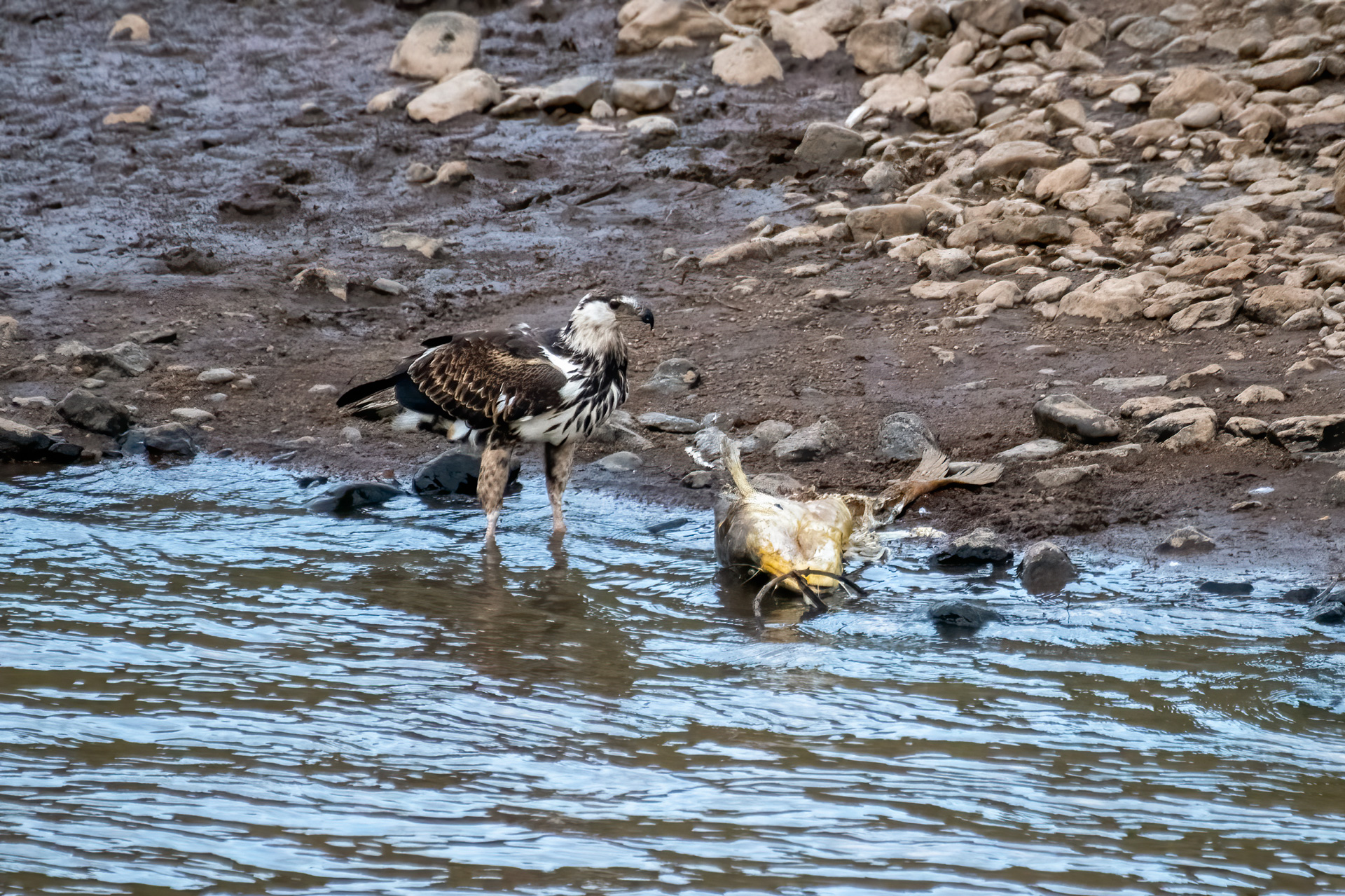
We are always happy to see Risasi and her cubs thriving. On this particular day, she and her cubs were having a playful morning, twisting and turning on the ground. As much as her cubs were enjoying playtime, I noticed Risasi was keen to hunt and she started stealthily moving toward a herd of gazelles nearby. Unfortunately, the cubs did not get the memo and startled the gazelles before their mother could get close enough to launch an attack. We were happy to hear that guide Wilson confirmed later that Risasi had successfully downed a Thommy and the family was feeding. Clearly, mom was able to keep her cubs from meddling this time.
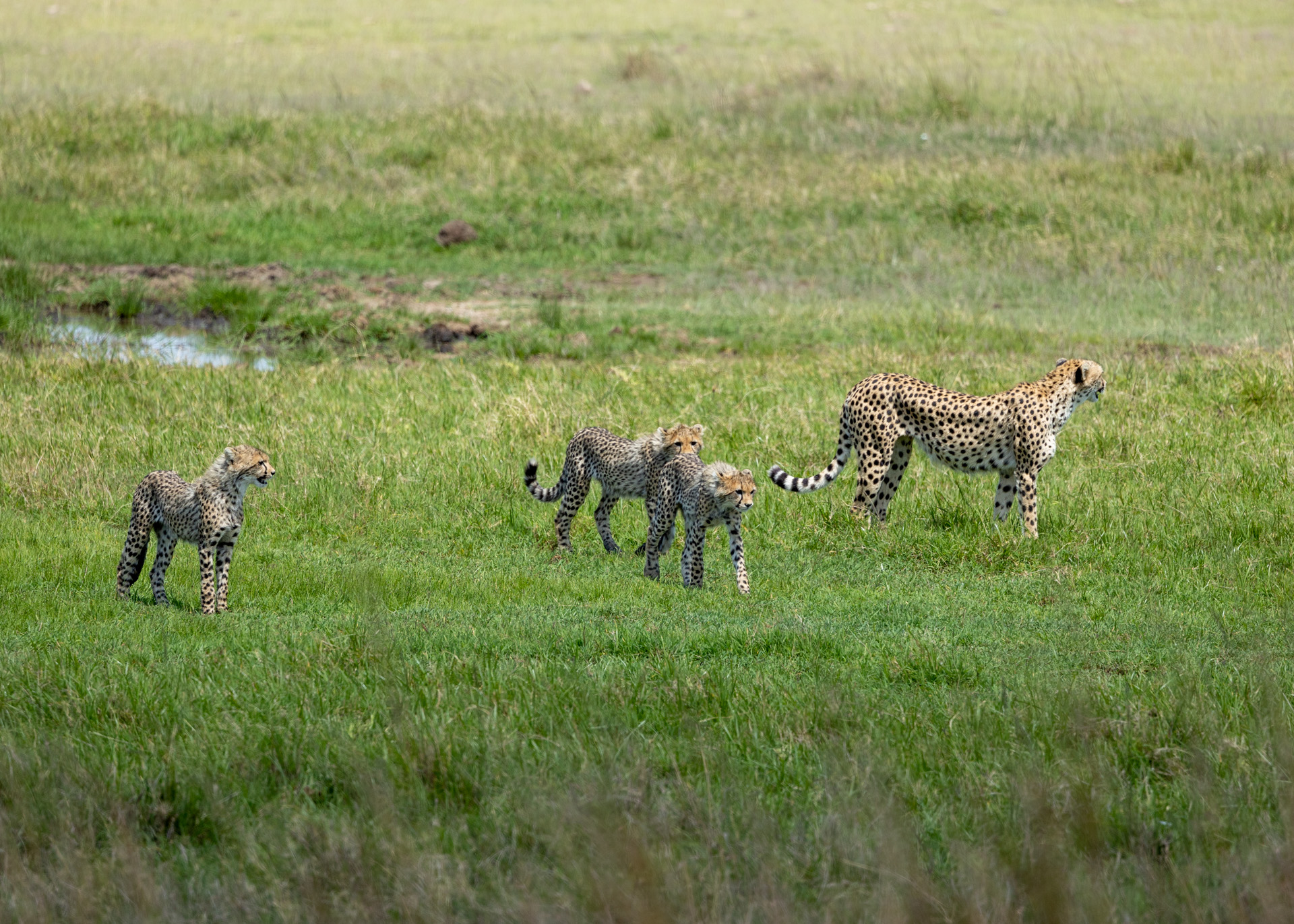
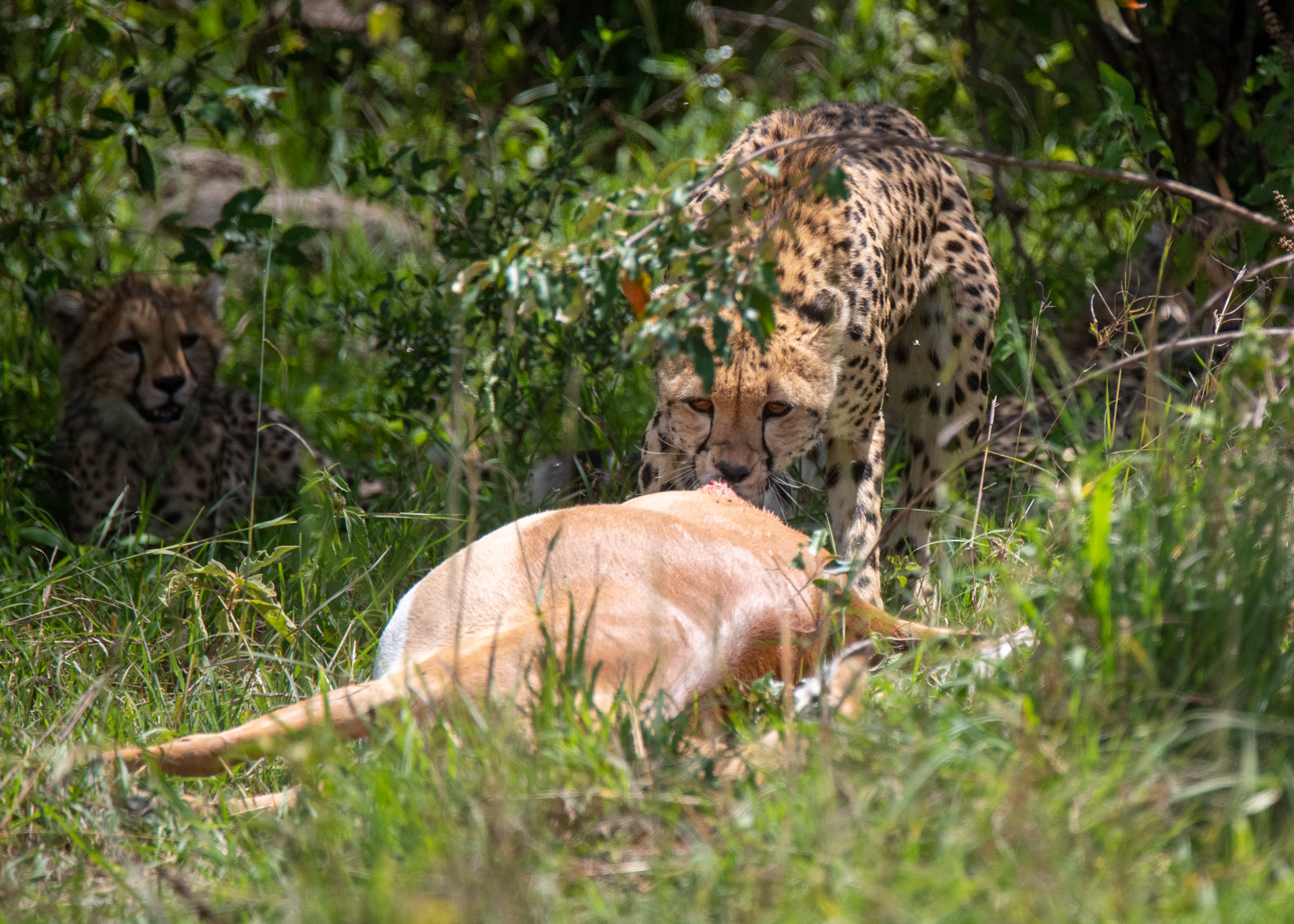
Ruka and Rafiki, Risasi’s brothers, have settled back in the Triangle over the last couple of weeks. We have spotted them on several occasions with bulging stomachs indicating they’ve been having plenty to eat, seeming very comfortable in this landscape. We hope they are here to stay as they are a delight to watch.

Many wildlife enthusiasts know the ‘Big Five’, but have you heard of the ‘Little Five’? These are five small animal species, namely the elephant shrew, buffalo weaver, rhino beetle, ant lion and leopard tortoise. Although there is a contrast in terms of sheer relative size to the animals which they share a part of their English name with, they are no less interesting and beautiful. I spotted the leopard tortoise on one of the drives this week. This creature is beautiful to watch as it slowly plods about its day, with its name coming from the leopard-like spots on its shell.

And below, some other images that caught our eye this week:

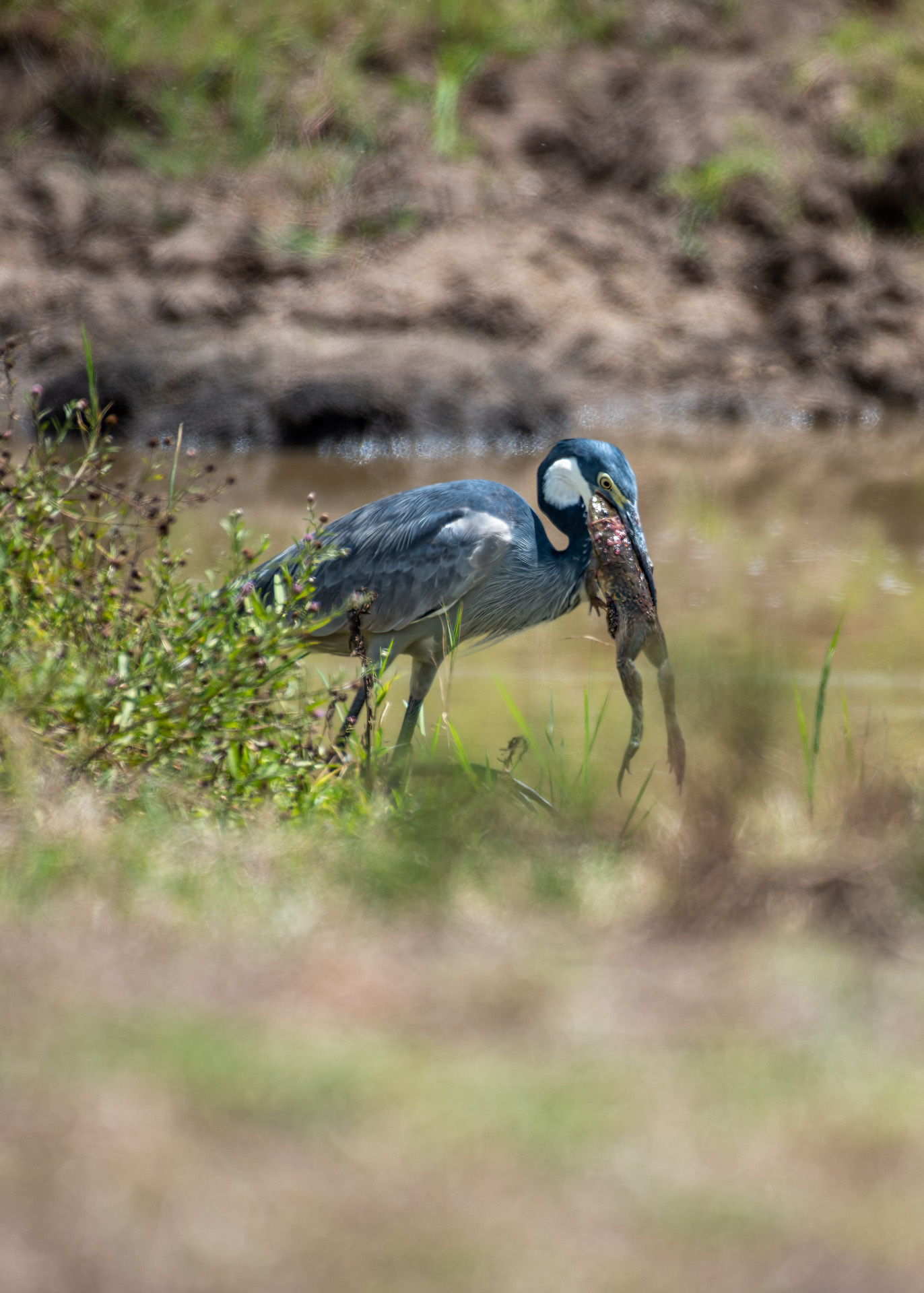


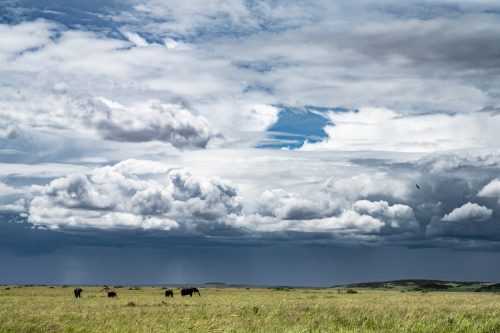
This time last year, Eric was opting for a wide-angle lens to capture the vast skies that get ever more beautiful this time of year as the seasonal rains slowly arrive.
Filed under: This Week at Angama
Subscribe for Weekly Stories
Comments (0):
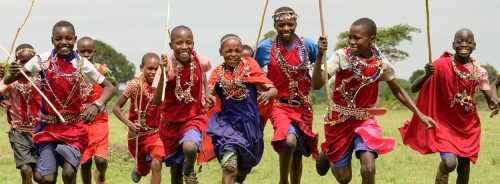
The Angama Foundation